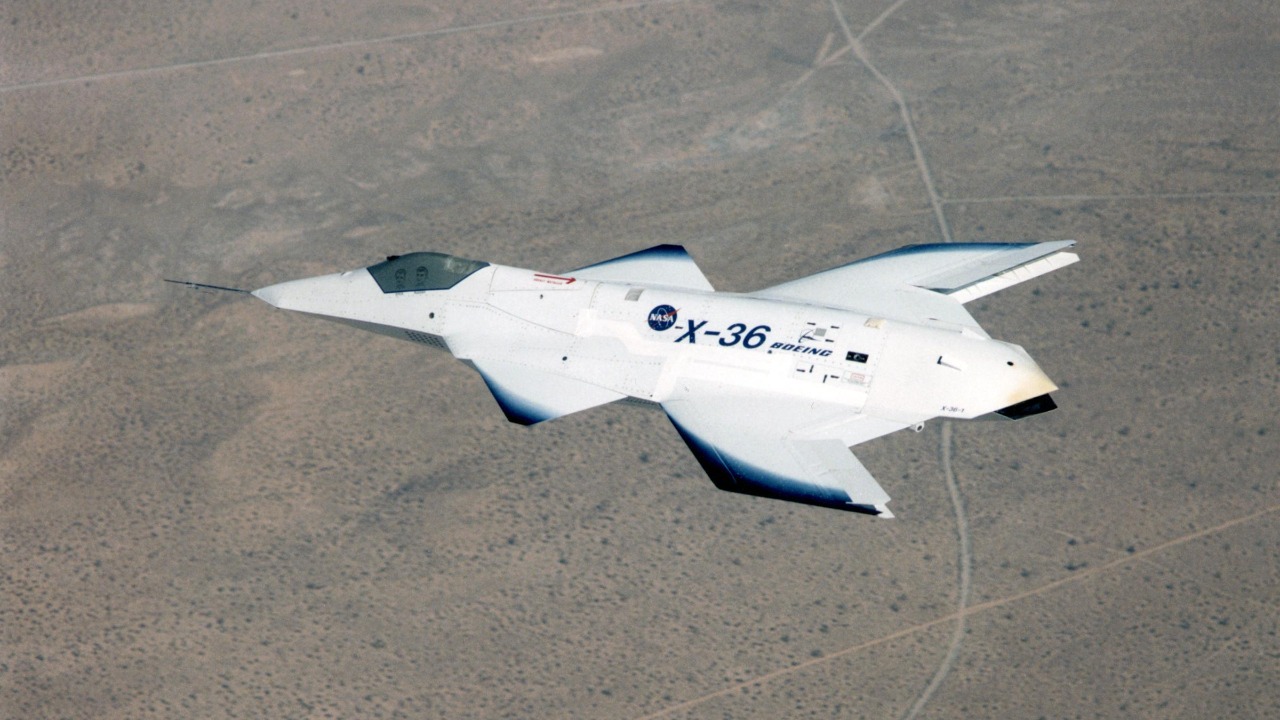
The X-36 Tailless Fighter represents a pivotal innovation in stealth aircraft technology, fundamentally altering the landscape of military aviation. As a demonstrator developed by McDonnell Douglas and NASA, the X-36’s unique design and capabilities have inspired a new generation of combat aircraft, influencing both military strategy and aerospace engineering.
The Genesis of the X-36
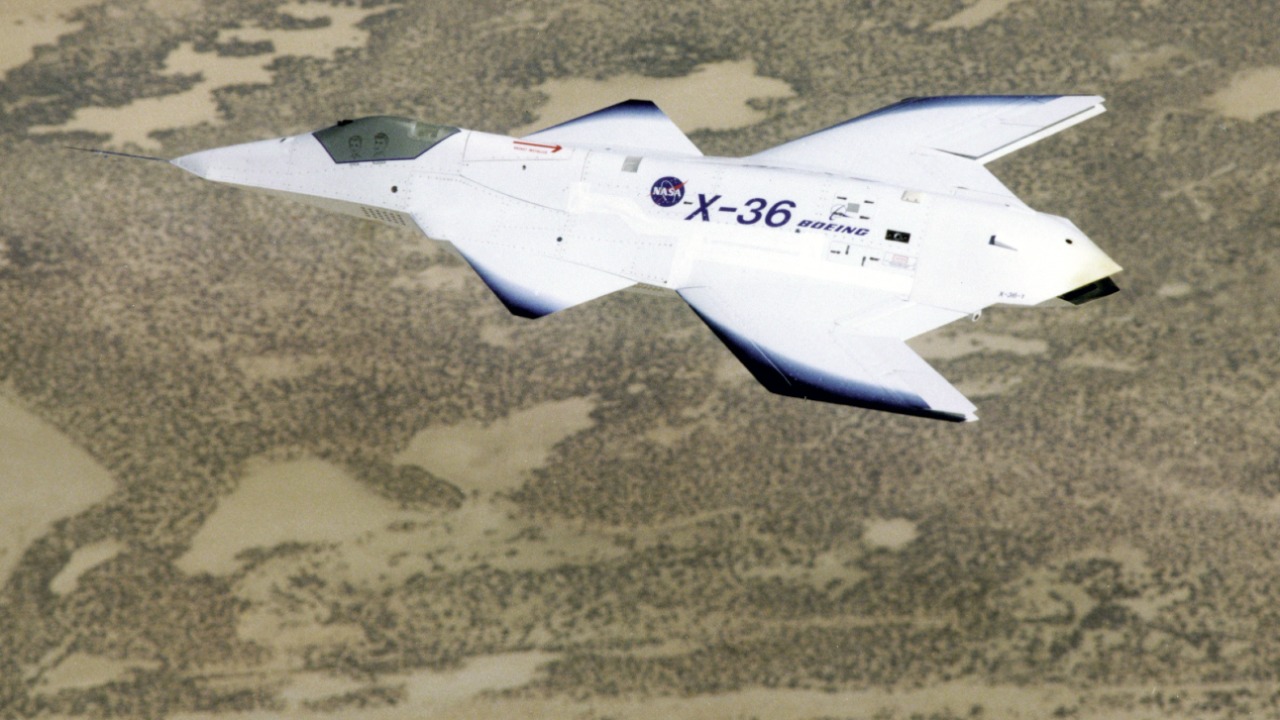
The development of the X-36 was a collaborative effort between McDonnell Douglas and NASA, driven by the need to create a fighter jet that prioritized stealth and agility. The primary objective was to design an aircraft without a vertical tail, which would significantly reduce its radar signature. Engineers aimed to achieve unprecedented levels of maneuverability, a crucial factor in modern air combat, while adhering to the stealth requirements that had become increasingly important in military strategy.
Facing numerous design challenges, the team had to overcome the aerodynamic complexities associated with removing the vertical tail. Traditional aircraft rely on the vertical stabilizer for directional control, so engineers had to innovate new methods to maintain stability. Advanced computational models and wind tunnel testing were employed to address these hurdles. The use of canards, coupled with advanced digital flight control systems, allowed the X-36 to achieve the desired performance metrics without compromising its stealth capabilities.
The early test flights of the X-36 began in the late 1990s, marking a significant milestone in aviation history. Conducted primarily at NASA’s Dryden Flight Research Center, these tests demonstrated the aircraft’s exceptional agility and low radar visibility. The successes achieved during these initial flights provided valuable insights into the potential of tailless designs, setting the stage for future advancements in the field.
Technological Innovations and Capabilities
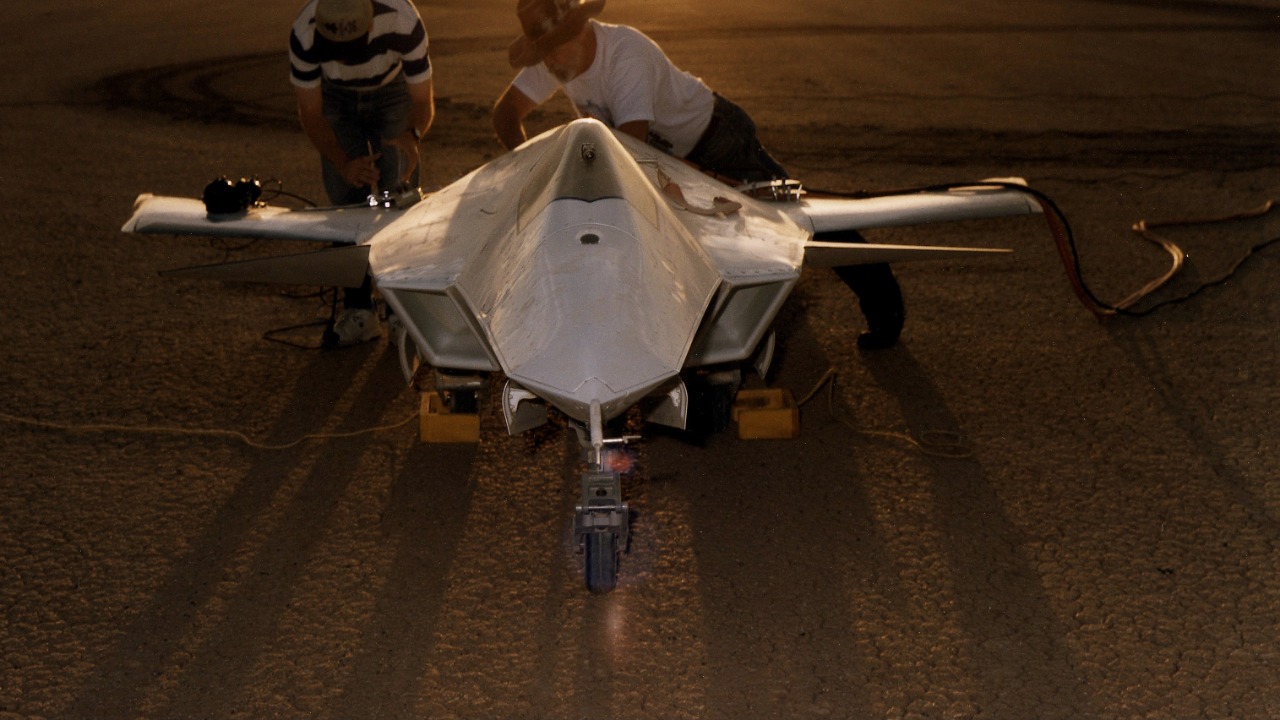
The tailless design of the X-36 was a groundbreaking innovation that contributed significantly to its stealth capabilities. By eliminating the vertical tail, the aircraft’s radar cross-section was substantially reduced, making it harder for enemy radar systems to detect. This design choice not only enhanced the X-36’s stealth but also paved the way for future aircraft to incorporate similar features, as seen in modern stealth fighters like the F-35 and the B-2 Spirit bomber.
Central to the success of the X-36 was its advanced flight control systems. The aircraft utilized a digital fly-by-wire system that replaced conventional mechanical flight controls with electronic interfaces. This system allowed for precise control and stability, even in the absence of a vertical tail. By continuously adjusting the aircraft’s control surfaces, the system ensured that the X-36 remained stable and responsive, a crucial factor in maintaining its maneuverability.
The innovations introduced by the X-36 have left a lasting impact on the development of future aircraft. Its tailless design and advanced control systems have influenced the design of subsequent stealth fighters, such as the F-22 Raptor and the upcoming Chinese J-36. These aircraft have incorporated similar technologies to enhance their stealth and agility, underscoring the enduring legacy of the X-36’s innovations.
Strategic Implications and Global Influence
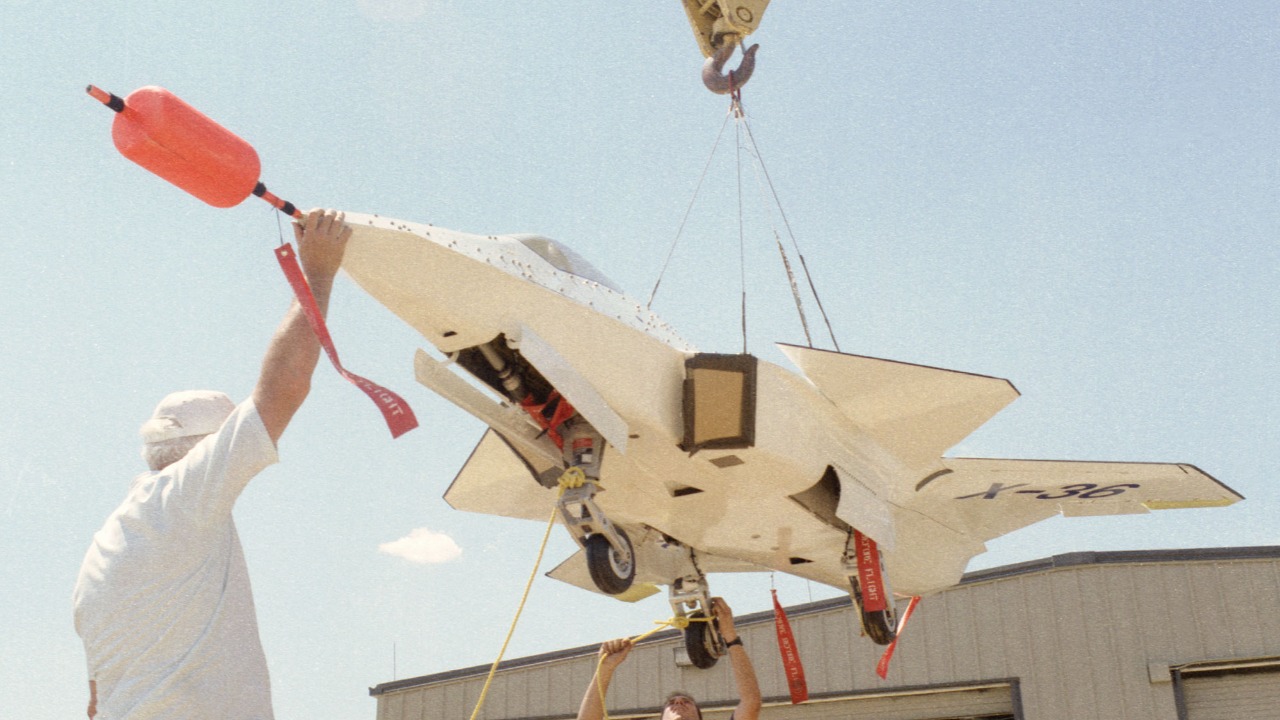
The X-36 has redefined the concept of air superiority by challenging traditional notions of aircraft design and performance. Its unique combination of stealth and maneuverability has prompted a reevaluation of what constitutes air dominance in the modern era. The aircraft’s design has demonstrated that it is possible to achieve superior performance without compromising on stealth, a paradigm shift that has influenced military strategies worldwide.
Internationally, the influence of the X-36 can be seen in the development of similar tailless fighters by other nations. Countries like China have taken note of the X-36’s success and have embarked on their own projects to create stealth fighters with comparable capabilities. The global response to the X-36 underscores its significant impact on the international aerospace community, as nations seek to emulate its achievements and maintain their competitive edge in aerial warfare.
The strategic implications of the X-36 extend beyond aircraft design to encompass military strategy and tactics. The emphasis on stealth and agility in modern air combat has led to changes in how air forces conduct operations. The X-36 has demonstrated the importance of minimizing radar visibility while maximizing performance, prompting militaries to adopt new tactics that leverage these capabilities. This shift has resulted in a more dynamic and unpredictable air combat environment, one where the principles pioneered by the X-36 play a crucial role.
Legacy and Continuing Impact
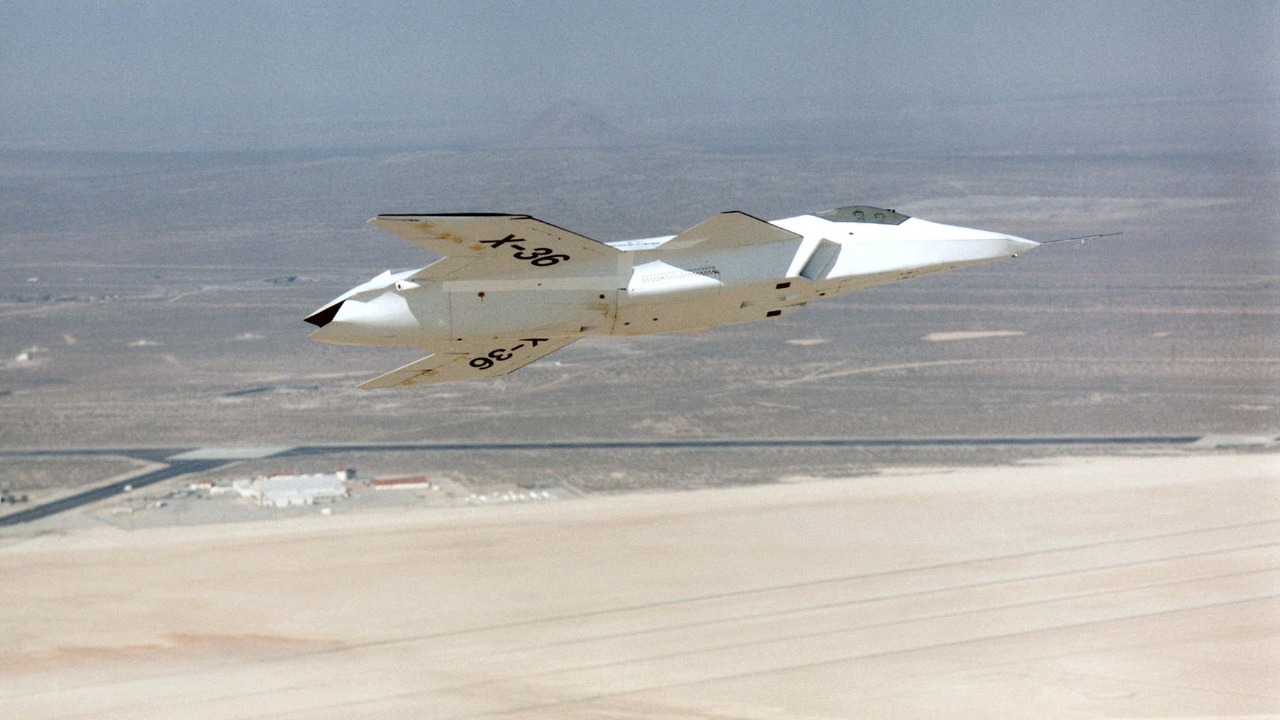
The legacy of the X-36 is evident in the evolution of stealth technology and its influence on contemporary stealth fighters. By proving the viability of tailless designs, the X-36 paved the way for advancements in stealth technology that are seen in today’s most advanced aircraft. Its contributions have enabled the development of fighters that are not only harder to detect but also capable of executing complex maneuvers with precision.
Beyond its direct impact on aircraft design, the X-36 has served as an inspiration for a range of future projects.
Its pioneering work has influenced research into unmanned aerial vehicles (UAVs) and other cutting-edge aerospace technologies. The principles established by the X-36 continue to guide the development of innovative solutions that push the boundaries of what is possible in aviation. Projects such as the development of autonomous drones and advanced reconnaissance platforms owe much to the foundational work of the X-36 program.
Reflecting on the historical significance of the X-36, it is clear that its impact extends far beyond its initial scope. As a demonstrator, the X-36 achieved its goal of showcasing the potential of tailless aircraft, but its true legacy lies in the enduring influence it has had on the aerospace community. By challenging conventional wisdom and proving the viability of new design philosophies, the X-36 has secured its place as a landmark in the history of aviation, a testament to the power of innovation and collaboration in transforming military and aerospace engineering.